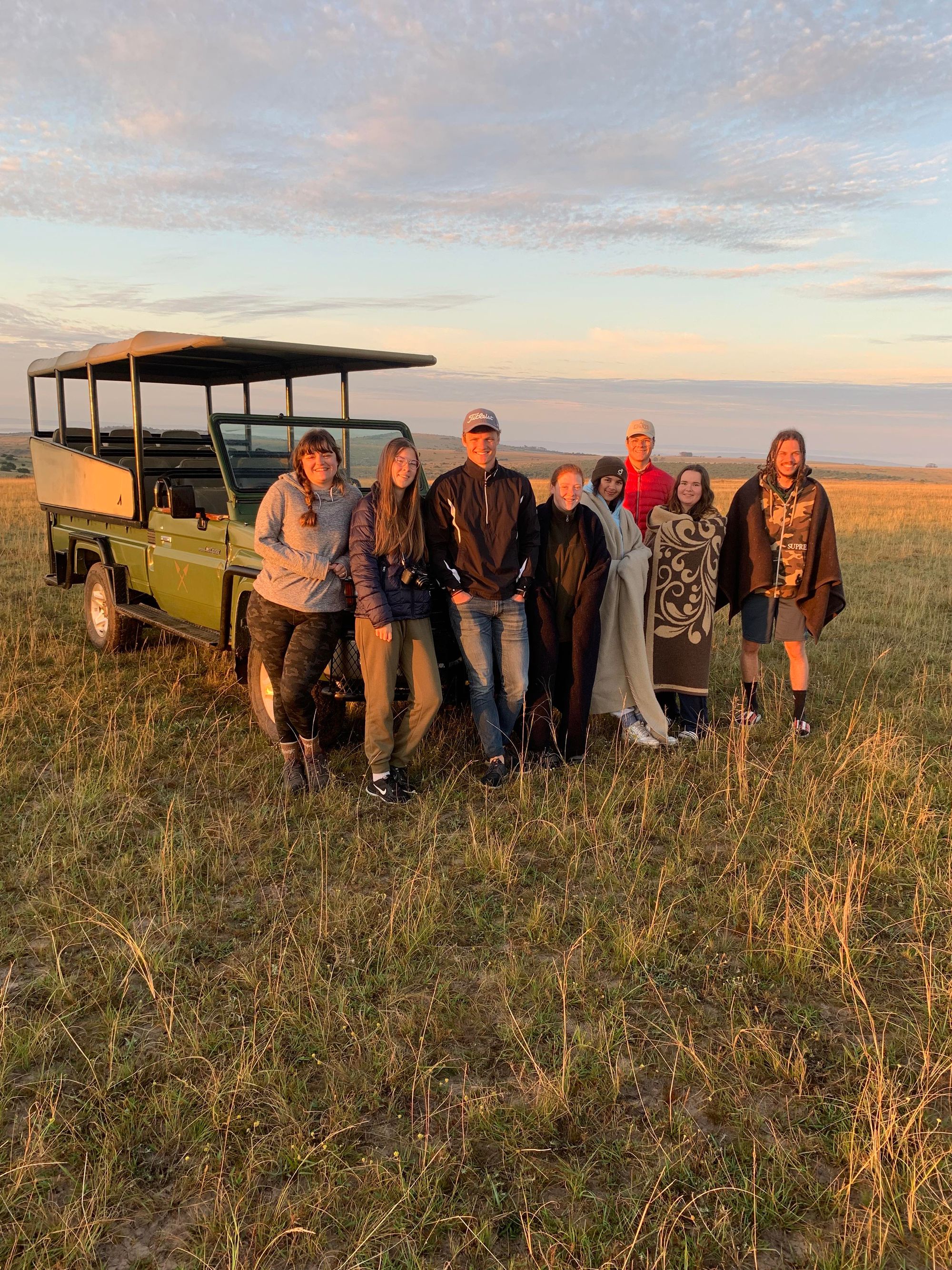What exactly will I be doing as a volunteer in South Africa?
Been looking through our volunteer trips and wondering what exactly you'll be doing if you made the trip? Hear it from someone who's been there, done that! One of our Global Travellers Rachel went on our Big 5 African Wildlife & Conservation trip earlier this year. Here's a glimpse into her daily to-do list as a volunteer!

Game counts: We drive around the reserve in an open-air truck and count how many of a specific animal there are. We will obviously not see every single one, but it gives us a rough idea to make sure the population isn’t increasing or decreasing at an alarming rate.
Grass clearing: Along the inside of the fence, we had to dig up all the tall grass. In the morning when there is dew or once it has rained, the wet grass that touches the electric fence messes with the voltage, potentially allowing an animal through.
Road repairs: The roads in the reserve become very muddy causing the trucks to get stuck in the divots and become very dangerous to drive on. During road repairs we take large rocks and fill in the ditches and then cover them with dirt to make the roads drivable again.

Tree chopping: Within the reserve there are trees that are invasive and suck up all the water in the ground. When chopping these trees down, we take a machete and whack them until they are down.
Rehab center: At the rehab center we look and check the big cats for ticks and feed them. These cats were rescued from people who were keeping them as pets. They are in the process of rewilding, with the end goal of being released into Kruger National Park.
Cactus cutting: We drove out to the park that has no predators to cut down the cacti. We take machetes and chop them down, then pile them up to help with fermentation. We need to cut them down to produce more grazing room for the animals.

Fence checks: Fence checks involve walking or driving the perimeter of the reserve checking to make sure there are no holes or termite mounds. Holes can be made by the warthogs digging under the fence. If we find either of these, we must report the holes, and break up the termite mounds.
Rubble collection: Taking a pickax and shovels, we need to dig up rocks and pile them along the side of the road. We use these rocks when doing the road repairs.

Planting Elephant Bush: By cutting branches off the elephant bush plant and repotting it so it will take root and there will be more to plant around the reserve. These are the elephant’s favorite food.
Hiking: Every two weeks we take a day off from working and go on a group hike. There are two options to get to the top (easy and hard). The hard way means going straight up the slippery rocks and dirt to the top of the mountain.
Want to see the amazing sights of South Africa for yourself? Help make a difference for the animals and the community by securing a placement for a volunteer trip!
